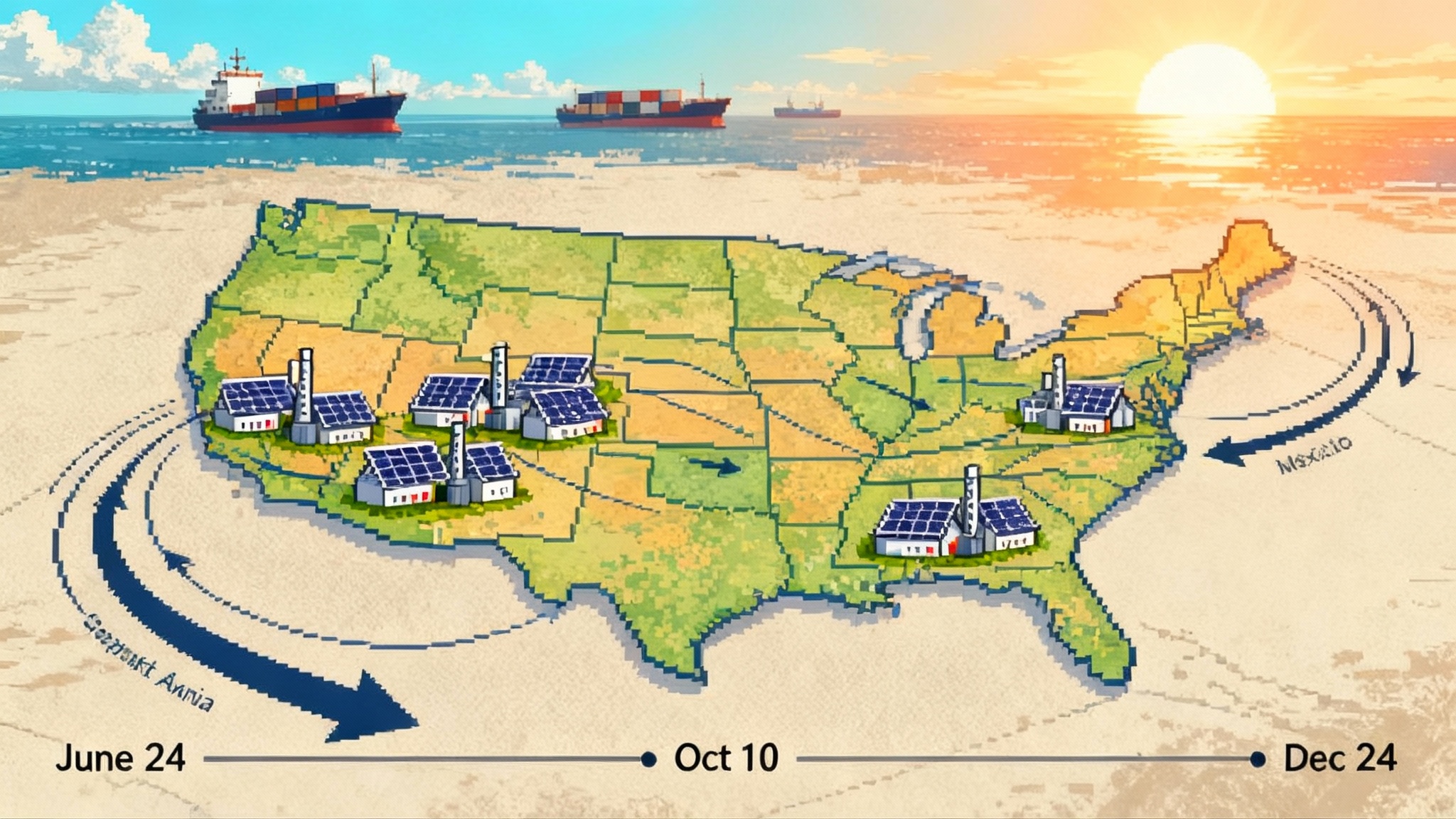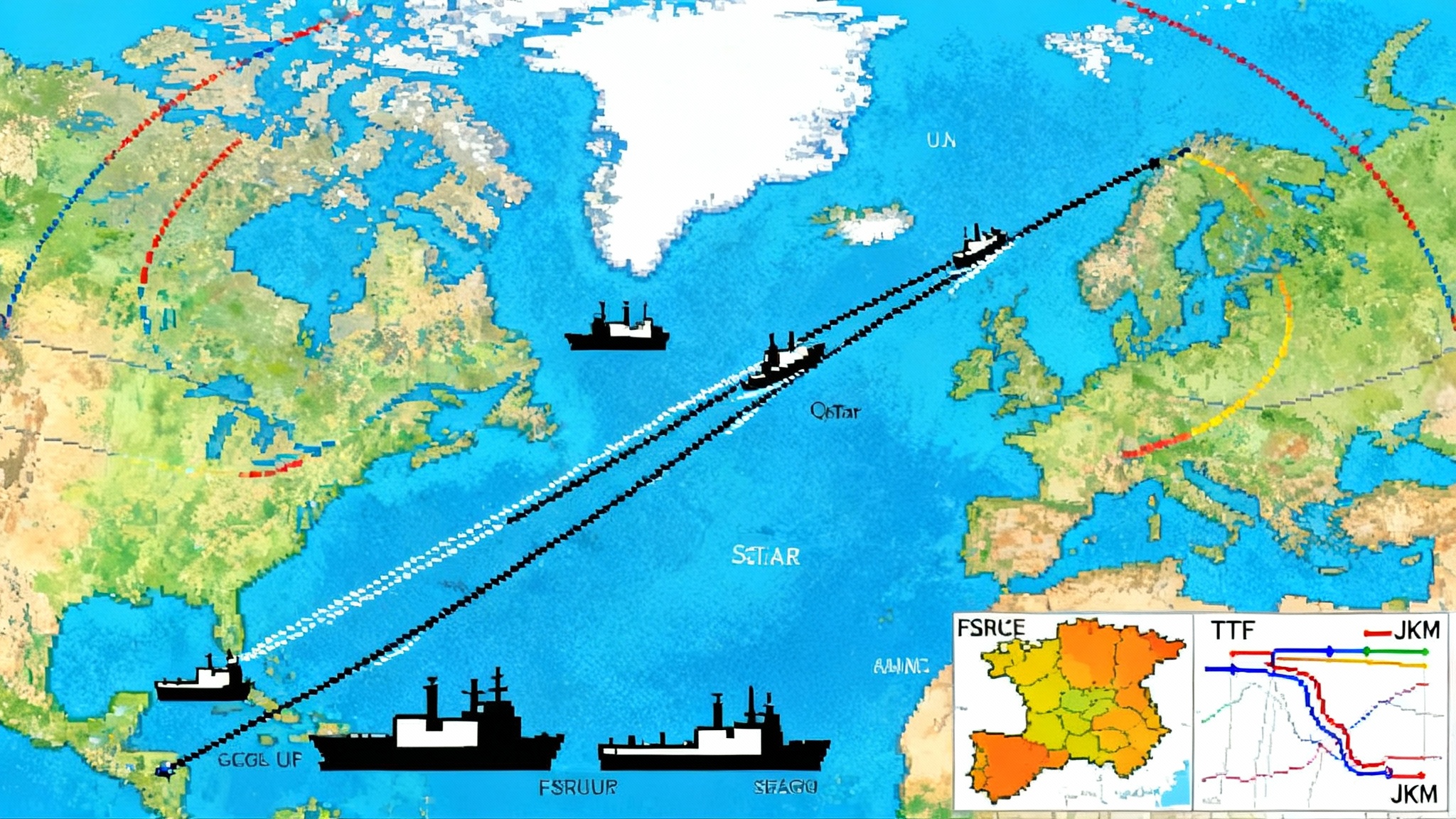Summer 2025 made batteries the grid’s new peaker plants
A scorching Summer 2025 flipped the peaker playbook. ERCOT surpassed CAISO in battery capacity, Texas storage set a 6.3 GW evening discharge record on July 11, CAISO credited storage for stronger reserves, and Puerto Rico’s home batteries performed like a paid virtual power plant.

The summer the peaker playbook flipped
In the peak heat of 2025, batteries did what gas turbines were built to do. They filled the tightest evening hours fast, repeatedly, and at scale. By the end of the second quarter, ERCOT had overtaken CAISO for the most operating battery capacity in the country at roughly 14.2 GW, part of a U.S. fleet that grew to more than 38 GW. That handoff is not trivia. It signals a structural shift in how the grid meets net peak and how developers will aim capital over the next few years. S&P Global's Q2 accounting captured the moment.
What changed on the ground, hour by hour
- ERCOT’s batteries showed up when it mattered. During the July 11, 2025 heat event, storage reached a record discharge of about 6.3 GW in the evening ramp, covering close to a tenth of demand at that instant and helping avoid emergency conditions and the worst scarcity adders. As pv magazine reported, storage output hit 6,309 MW while several coal units were unexpectedly offline. That headroom kept prices from spiraling and made the reserve margin look less fragile than the weather made it feel. See pv magazine's Texas recap.
- CAISO entered summer with a better cushion. The ISO’s summer assessment pointed to a modest surplus for a 1-in-10 reliability target and explicitly credited accelerated resource additions, with batteries representing the largest share of new nameplate capacity expected before the June 30 milestone. The result showed up in operations. The evening shortfall risk shrank as four hour batteries carved down the net load ramp.
- Behind the meter joined in. In Puerto Rico, a network of roughly 69,000 home batteries was dispatched dozens of times by mid August, acting as a small virtual peaker that kept local outages from snowballing into larger crises. The island’s experience is more than a curiosity. It is a real, paid, VPP style capacity resource that grid operators leaned on repeatedly.
The economics of peaking changed
Peaking used to mean simple cycle gas turbines firing up a few dozen hours a year to capture scarcity rents. Those hours are still there, but they have been sliced into shorter intervals and their prices increasingly get capped by fast discharge.
- Scarcity windows are shorter. In ERCOT, operating reserve scarcity did appear on the hottest evenings, yet it often lasted 30 to 90 minutes rather than long multi hour runs. Big, rare blowouts became clusters of brief adders. That is exactly where batteries thrive because they monetize full power every minute of those spikes.
- Price formation is flatter at the top. When several gigawatts of batteries stand ready, reserve margins are less likely to dip into the steepest sections of the Operating Reserve Demand Curve. The ORDC can still bite, but it bites less often and for less time. That lowers average scarcity rents and reduces the windfall hours peakers once relied on.
- Ancillary services are saturating. In CAISO, ancillary markets that once delivered premium returns to early battery entrants are now crowded. Storage has migrated toward energy arbitrage, fast ramp, and evening shaping. In ERCOT, ancillary services remain attractive but are trending the same direction as capacity builds. The upshot is that battery revenue stacks are diversifying, while peakers face thinner ancillary margins and fewer unopposed scarcity intervals.
Market rules are rewarding flexibility, not just capacity
1) Resource Adequacy in California
California’s RA program moved from a single peak hour mindset to the Slice of Day construct. Four hour batteries now earn RA value for showing up at the right hours across the day, but they also have to account for charging energy in those same 24 hours. That favors operators who can cycle more than once, co locate with solar to cut charging costs, and manage state of charge against uncertainty.
Two practical effects follow:
- RA value migrates toward multi cycle or longer duration storage and toward hybrid projects that can charge cheaply and predictably. Standalone four hour systems still earn solid value but will need sharper bidding to keep margins as the fleet scales.
- RA procurement signals reshape the portfolio. Batteries have become the decisive marginal resource. Slice of Day locks that in by paying for performance across the full diurnal pattern, which is exactly where storage shines.
2) ORDC and scarcity pricing in Texas
ERCOT’s energy only design leans on scarcity pricing to signal investment. This summer showed that a large battery fleet can deliver reliability with fewer extreme price hours. That is good for consumers and reliability. It also tells investors that merchant peakers in ERCOT will live on thinner scarcity tails unless they provide particular locational or ramping value. Looking ahead, ERCOT’s real time co optimization reforms for energy and ancillary services will reward fast, precise flexibility even more. Batteries fit that mold. Gas units that can start and follow five minute signals will still find a role, but the premium is now on speed and accuracy.
3) Ancillary services and fast ramp products
Both ERCOT and CAISO have seen ancillary services shift from a core battery revenue pillar to a more competitive arena. In California, saturation has pushed prices down, so operators pivoted toward energy price shaping during the net peak. In Texas, regulation and responsive reserve still pay, but the growth rate suggests a similar trajectory. Expect more emphasis on fast ramp and ramp shape products that explicitly pay for reducing the steepest ramps. These product definitions favor batteries and responsive load.
What this summer means for 2026 to 2028 investment
- ERCOT becomes the fastest storage market. Developers see a clear playbook. Two to three hour systems capture real time arbitrage and short scarcity intervals. Four hour systems and hybrids target the longer evening shoulder and damp volatility. Interconnection and siting near load pockets, especially where evening congestion separates prices, add alpha. Data center growth will steepen ramps, a trend tied to Texas's 765 kV superhighway.
- CAISO doubles down on storage for RA. Slice of Day keeps paying for portfolios that can cover every hour of the tightest day. Batteries co located with solar will be procured for their ability to shape the net peak and to cycle more than once. Expect more hybrid PPAs that explicitly pay for shape and availability rather than only energy, helped by CAISO's fast-track reforms.
- The West outside CAISO is next. Arizona, Nevada, and parts of the Mountain West added a lot of storage in the past year and have queues that rival California’s. As regional markets expand and transmission ties strengthen, those batteries will arbitrage regional ramps and backstop CAISO during West wide heat events, echoing the West's two-track market.
- Gas peaker investment tilts to niche. New merchant peakers that rely on rare price spikes will struggle to underwrite in ERCOT and CAISO unless they bring special locational value, black start, or very low start costs and fast ramps. Tolling with industrials or data centers can still pencil. Retrofitting existing peakers with quick start upgrades and tighter emissions controls will be cheaper and more financeable than greenfield.
- VPPs graduate from pilot to portfolio. Puerto Rico’s dozens of dispatches this year are a template. Behind the meter fleets can be dispatched often without headlines, and they scale in months, not years. As more utilities standardize enrollment and compensation, VPPs will start showing up in RA showings and peak day operations from California to ISO New England. There is a policy wildcard here. Residential tax credits appear set to expire at year end, which may slow home battery growth in 2026, but aggregator models and third party financing will keep the fleets growing.
How the money gets made now
Storage operators who outperformed this summer did a few things differently:
- Optimized state of charge around the evening, not just the single peak interval. The best days delivered two or even three monetizable ramps. Systems that held energy for the late spike captured the premium.
- Pivoted between ancillaries and energy quickly. When regulation clears at low prices, the revenue is in five minute energy. When volatility returns, the stack flips.
- Managed local congestion. Batteries sited near major load pockets earn locational margins when transmission constraints isolate the evening ramp.
For peakers, the profitable moves are different:
- Contract shape matters more than ever. Bilateral capacity or availability payments that cover fixed costs will beat hoping for extreme ORDC hours. Data centers and industrial loads that value firm capacity for narrow windows are promising counterparties.
- Start cost discipline and ramp speed are the edge. Units that can start multiple times cheaply and follow dispatch down to short intervals still find profitable niches, especially on low wind evenings or in shoulder seasons when batteries arrive empty.
- Co location and hybridization create floor value. Adding on site solar or storage can cut net fuel for the first hour and capture some arbitrage. Even small batteries paired with peakers can turn cold starts into quicker, more precise ramps.
Rules to watch
- ERCOT real time co optimization with batteries. This reform, slated to arrive near the end of 2025, should tighten alignment between ancillary awards and real time energy value. Expect fewer easy arbitrage plays and more reward for fast response.
- CAISO’s next RA refinements. After Slice of Day, attention turns to how performance gets measured and penalized. If accreditation shifts toward risk weighted capacity or unforced capacity style metrics, resources that consistently deliver in the worst net load hours will be credited more.
- New or expanded ramping products. Regions are experimenting with products that pay for ramp rate and ramp shape across multi hour intervals. Storage and responsive load are naturally suited to get paid for exactly what they do best.
The takeaway for builders and buyers
- If you are developing in ERCOT, assume shorter, sharper scarcity and plan siting around load pockets and evening congestion. Two to four hour systems can clear the stack. Merchant is feasible with the right risk controls, but bilateral shape or availability payments will lower cost of capital.
- If you are contracting in CAISO, write to the hourly shape you need under Slice of Day and reward multi cycle behavior. Co located solar plus storage will continue to beat standalone solar for RA value and for portfolio risk.
- If you run a peaker, do the math on retrofits before assuming a greenfield return. Your best bet is fast starts, quick ramps, and contracts that pay for being ready when batteries are depleted.
- If you are a utility planner, add VPPs as a counted, dispatchable resource. Puerto Rico’s dispatch history this year is a preview of a lower cost, faster to scale capacity tool that reduces outage minutes and trims the evening peak.
Bottom line: Summer 2025 did not end the era of thermal peakers. It did end the era when they were the default answer. Batteries, utility scale and behind the meter, became the first resource called for peak reliability. Markets and investment will follow that fact into 2026, 2027, and 2028, and the grid will be more flexible because of it.








